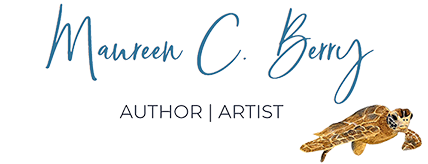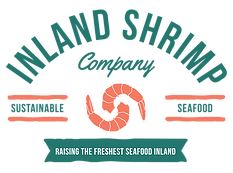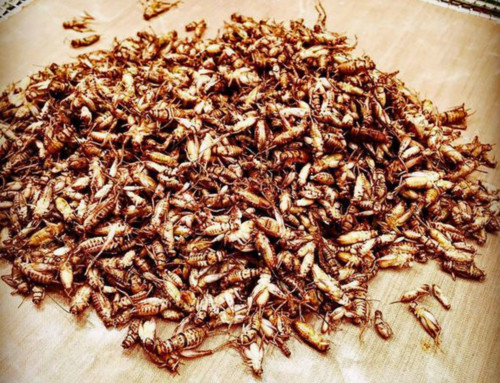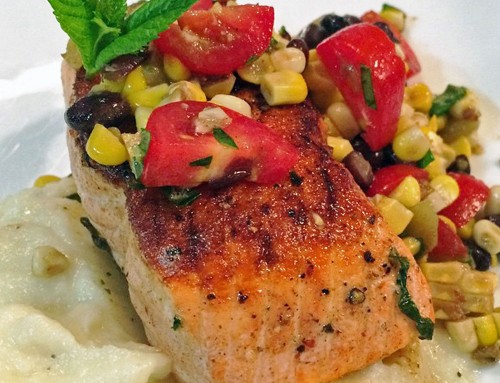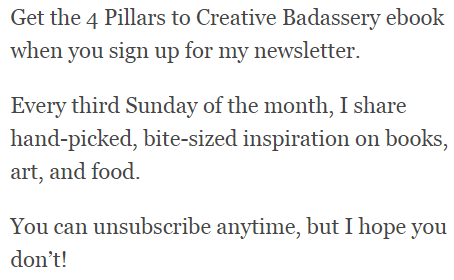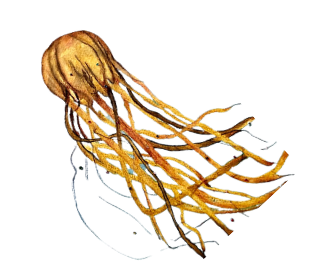Gary Beatty is the founder of Inland Shrimp Company, a Cincinnati, Ohio-based vertical indoor shrimp farm.
His goal: to provide local Ohio and Kentucky markets with premium, never frozen whole white shrimp. Beatty spends his days working as a roofer in-between meetings with his SBA counselor at Northern Kentucky University to figure out the best approach to raise capital for his project. I recently caught up with him over the phone and on Twitter for this interview.
When did you first realize you wanted to develop an indoor vertical shrimp farm?
12 years ago when I worked selling farms and farmland, I saw the external challenges of the farmer which included the increasing demand for water needed to produce beef and pork. I thought the water issue could be resolved in the aquaculture industry by going vertical. Shrimp is the number one seafood consumed in the US. I’ve always been a foodie. I especially love to eat seafood, and shrimp farming seemed like a natural fit. In 2013, I participated and tied for first as a semifinalist in Fish 2.0 the business competition that connects sustainable seafood ventures with investors. I know my dream is just a matter of time.
What are your challenges?
Finding the right funding and offering proof of concept out of the lab to the investor.
Who is doing the research?
Who else is farming shrimp on land?
RDM Aquaculture, LLC operates several shrimp farm locations in Indiana, but it is nothing like my proposed vertical farm. The license I’m using for the patent pending technology offers recirculating water, a raceway-style vertical structure, and is energy efficient in a bio secure facility.
Tell me about the process of setting up the aquaculture facility.
Since the first time we talked, I scaled down the investment need from $770,250 to $460,000 because I was having a hard time attracting investors at that level. A low initial investment also reduces the production capabilities from 60,000 pounds annually to 32,000 pounds of marketable shrimp.The investment will cover a 20-thousand square feet bio-secure facility and equipment which includes an auto feeder and computer controls. The building will have chlorine walkways and seven vertical eight-to-sixteen inch raceways offering recirculating water and climate control. The facility will be a four-man operation, including harvest and distribution.
Where is the proposed location?
Newport, Kentucky.
Let’s talk about the product – the shrimp.
I’m going to raise vanamae white shrimp and sell it fresh, never frozen.
What sizes will be available for sale and what will the consumer pay at the market?
Med (26) $7.50, large (21-30) $9.00, jumbo (13-15) $12.00.
Where do you get the pupae larvae?
Florida and Hawaii.
What is the mortality rate?
Five percent.
What do you feed the shrimp?
Corn and soy based for now. I want to eventually go with a vegan feed.
What is the FCR?
1.5 to 1.
How long does it take to produce shrimp to go to market?
It takes three to four months depending on size. With more capacity though, I’ll have shrimp weekly.
Will you sell to wholesale and retail?
A mix of grocery (Meirjers), retail, local restaurants, and the CSF.
Is your business scalable?
Yes.
What gives you hope that this project will grow?
The economics of the project: local jobs for building the facility and distribution. I want to help support the growing world population and provide an antibiotic-free, disease-free shrimp to the American public. Also I plan to start a Community Supported Fishery (CSF) and sell through the local farmers markets.
When can we expect to see shrimp on the market from Inland Shrimp Company?
If all goes well, six months.
